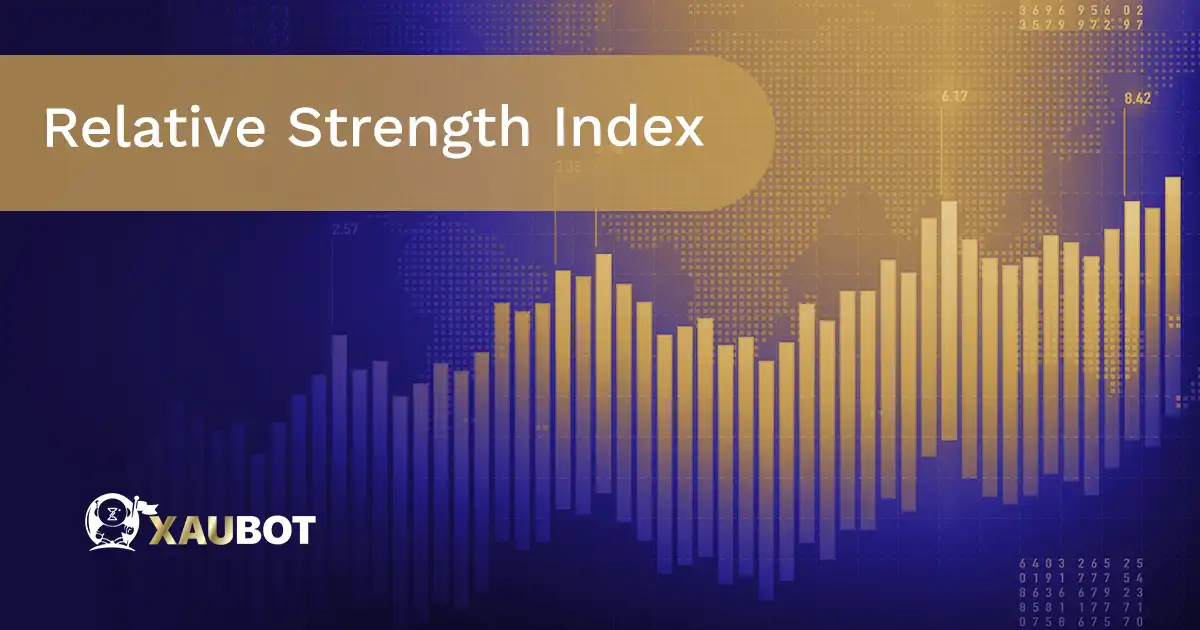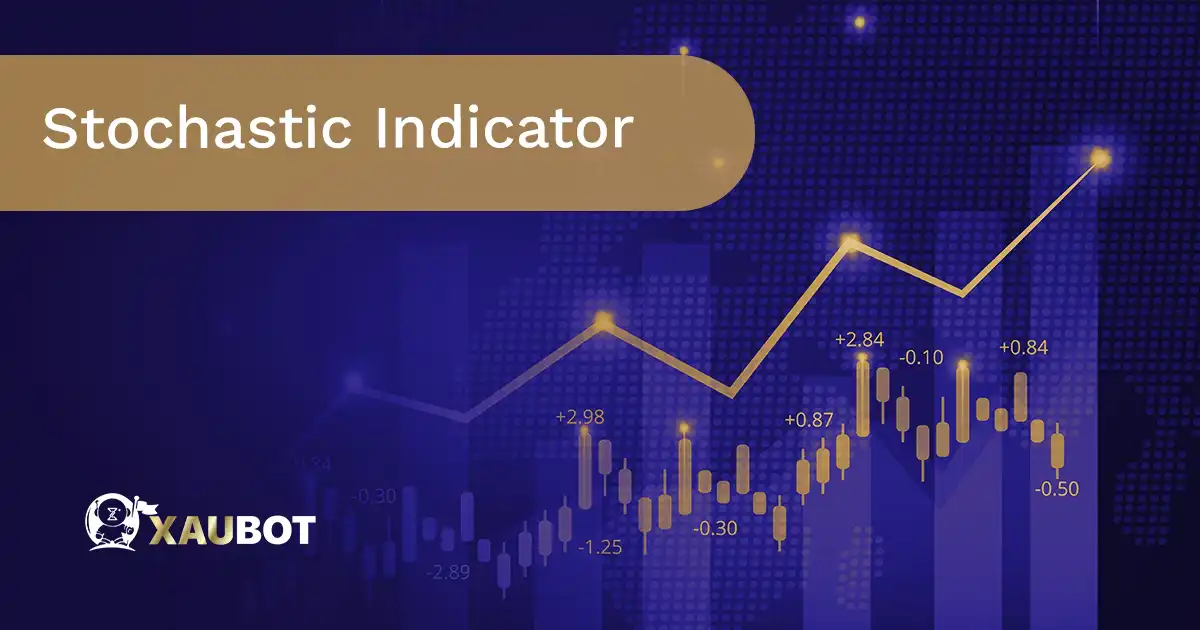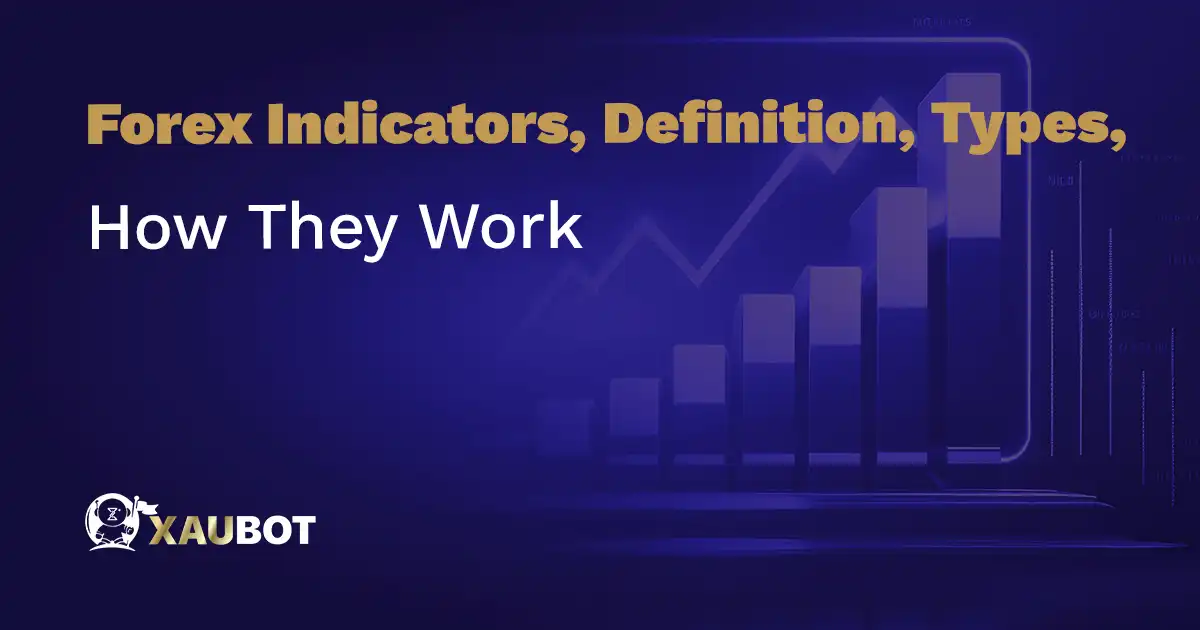Forex Indicators: One of the most well-known terms associated with the foreign exchange market, or any other financial market for that matter, is technical analysis.
The bread and butter of technical analysis are technical indicators. In fact, indicators are the precise tools and techniques that are used in this form of analysis to further understand any given market.
Forex traders can use technical indicators in order to obtain a reliable analysis of the market and base their decisions upon these findings. So, it is crucial to have a good understanding of these indicators. Because if you want to be in the market for the long haul, then you will eventually have to use these indicators.
For this reason, in this article we want to take a closer look at the most important indicators in the forex markets, and also see what kind of information they provide for you and how you can use them to your advantage.
What Is Technical Analysis?
As was mentioned in the beginning, the parent directory and sort of the umbrella term for all the indicators in the forex market is technical analysis. So before discussing the indicators themselves, let’s take a quick look at technical analysis.
There are two main forms of analysis in the market. And that includes all financial markets, whether you are trading in the stock markets, trading shares, commodities, or any other assets including foreign currency pairs in the forex market.
One is called fundamental analysis, depending upon foundational economic indicators to analyze the market. And the other is technical analysis which relies upon the data in the market, more precisely historical data in the market including prices, trading volume, etc., in order to make predictions with regard to upcoming patterns in the market.
So when we focus on data regarding price movements and volume of trades, we are engaging in technical analysis.
The specific techniques, tools, and formulas used in technical analysis are known as indicators. Now, let’s turn to them.
What Are Technical Forex Indicators in Forex?
The pattern and formula based signals that are obtained through the study of price and volume are the indicators that are used in technical analysis.
We can study the past movement of prices in order to make accurate predictions about the future and upcoming movements in prices. There is a wide array of indicators out there. Some are easier to use, while others are quite complicated.
We are going to provide you with a list of the most important forex indicators. But before we do that, remember that it takes a long time and a lot of studying and hard work to understand these indicators properly and be able to actually use them in your trading.
Moving Average
The moving average otherwise known as MA is one of the highly applied technical indicators across all markets. With the help of the moving average, traders can obtain information with regard to the average movement of prices or the overall performance of the market over a given period of time.
The time period chosen for the moving average indicator depends upon the type of the moving average that we are using. And yes there are different kinds of the moving average indicator, such as the moving average convergence and divergence or the MACD. But usually the time span is large enough to provide an accurate average across a reliable time window.
The biggest advantage of moving average indicators is that they can provide traders with a broad understanding of the market. Whereas certain other indicators might be too tight with regard to their scope of analysis.
Relative Strength Index

Relative Strength Index
Another important and widely used technical indicator is the relative strength index or the RSI.
The relative strength index is considered a momentum oscillator. The oscillators on their own are a class of indicators that oscillate between two extremes in order to indicate significant information to traders.
So given the fact that RSI is a momentum oscillator, it is used to understand the upcoming trajectory of market momentum. So traders can use the RSI to find out where prices are potentially going to head.
More specifically, the way relative strength index works is that it provides information regarding where reversals may occur in the market. RSI oscillates between 0 and 100.
As an example, in a downtrend, if the RSI shows a figure below 30, it could be indicative of a bullish reversal.
Bollinger Bands
Bollinger bands are made up of three bands or moving averages that are used to indicate a reliable and dependable entry point for your position in the market.
As you might be able to guess, the lower and upper bands or lines in a Bollinger bands indicators are in fact the levels associated with support and resistance levels respectively.
The third line which is the middle line or the middle band is in fact a moving average. However much the prices lean toward the upper line, it is indicative of an overbought state in the market and however much prices lean toward the lower band, it can be an indication of overselling.
Stochastic Indicator

Stochastic Indicator
Similar to the indicator discussed above, the stochastic indicator is also a moment oscillator. So it moves between two figures to provide information about the market status to traders. But what sort of information?
Well, the stochastic indicator shares another similarity with the Bollinger bands. One of the functions of both of them is to indicate overbuying and overselling states in the market.
The stochastic indicator also moves from 0 to 100 in its state of oscillation.
The stochastic indicator is also used to understand whether the price would undergo a reversal in the future. Traders can use this indicator to predict the trajectory of market momentum and possible price reversals.
Conclusion
Technical indicators are statistical tools and techniques that are quite helpful and beneficial to traders in order to make predictions about the price movement and the market as a whole.
These indicators rely upon data and information that are related to trading activities such as price movements and the trading volume recorded in the market.
The exact type of information that is provided by indicators can vary widely depending upon the specific indicator used. The way they work is also quite varying.
Even though technical indicators can be applied to any financial market where you can obtain historical records, their application is quite useful for more volatile markets. This includes the foreign exchange market or the forex market, where there can be quite a high degree of small ups and downs that need not go unnoticed for traders to obtain the highest amount of profits.

1 Comment
Hi there, after reading this awesome post i am as well happy to
share my know-how here with mates.